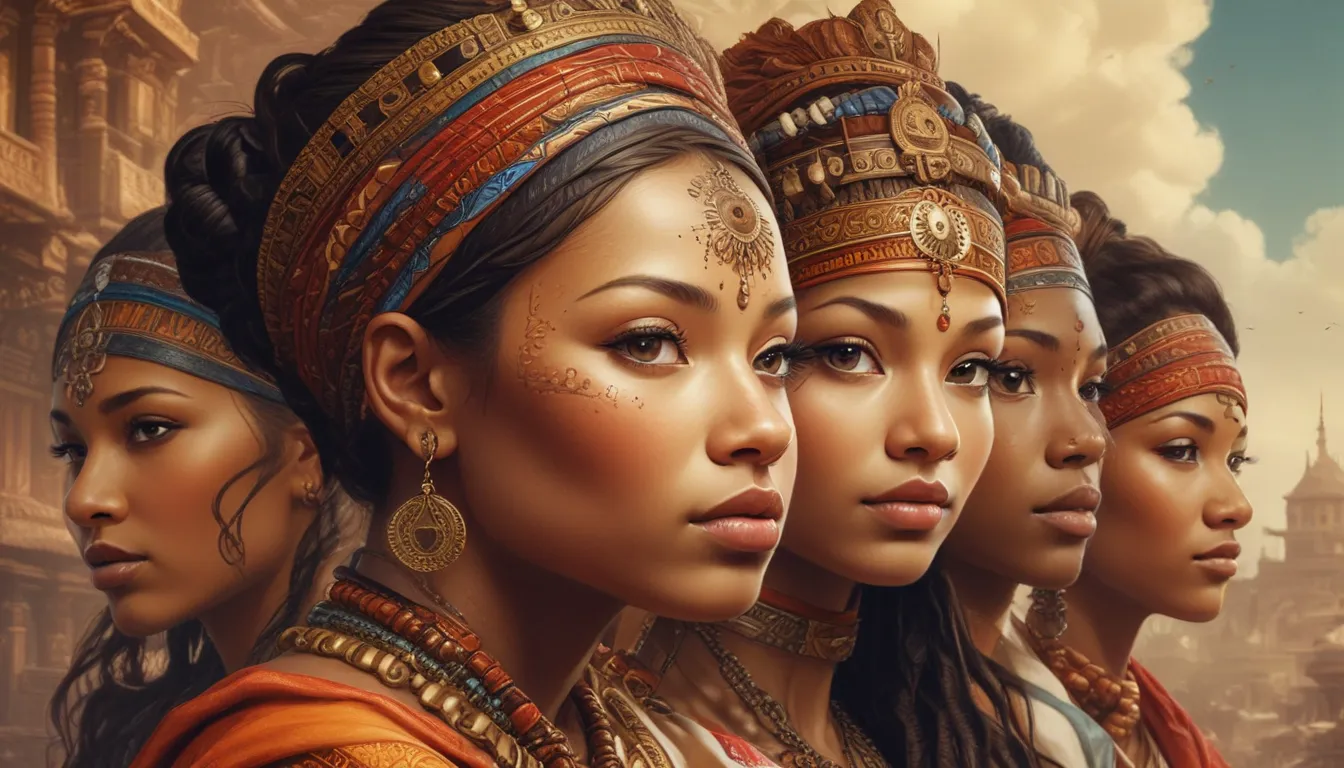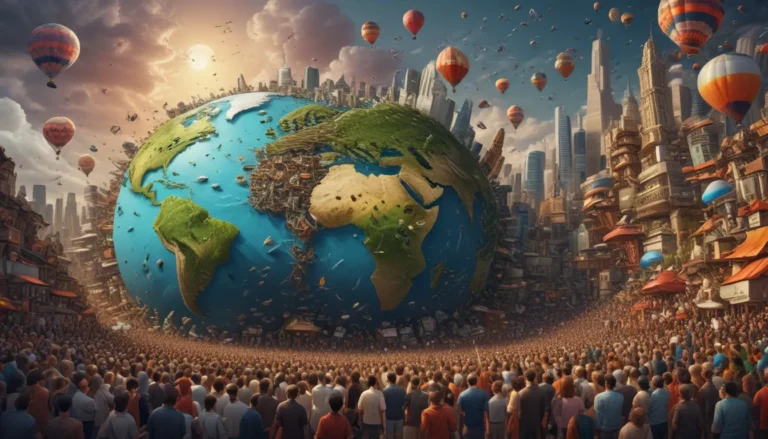A Note About Images: The images used in our articles are for illustration purposes only and may not exactly match the content. They are meant to engage readers, but the text should be relied upon for accurate information.
In today’s interconnected world, cultural diversity and assimilation play a pivotal role in shaping our societies. From ancient civilizations to modern-day global interactions, the tapestry of cultures has woven an intricate narrative of shared traditions, languages, and customs. As we embark on this journey of exploration, we unravel nine enigmatic facts about cultural diversity and assimilation that offer a deeper insight into the complexities of our global landscape.
The Enriching Tapestry of Cultural Diversity
Cultural diversity serves as a vibrant tapestry that enriches society by bringing forth a myriad of ideas, perspectives, and customs. The interplay between different cultures sparks innovation, creativity, and new avenues for growth and development. Embracing cultural diversity opens doors to a wealth of knowledge and experiences that transcend borders and foster a sense of unity among diverse communities.
The Dichotomy of Assimilation
While cultural diversity celebrates the uniqueness of each culture, assimilation represents a complex process of individuals or groups adopting the customs of the dominant society. This dual nature of assimilation can lead to both a sense of belonging and integration, as well as the potential loss of cultural identity and heritage. Striking a delicate balance between embracing the dominant culture while preserving one’s own traditions is crucial in navigating the nuances of assimilation.
Challenging Stereotypes Through Cultural Diversity
Cultural diversity serves as a powerful tool in challenging stereotypes and preconceived notions that permeate societies. By promoting understanding, empathy, and respect for different perspectives, cultural diversity dismantles barriers and fosters a more inclusive and tolerant environment. It encourages individuals to embrace the richness of various cultures and cultivate a global mindset rooted in acceptance and diversity.
The Influence of Social, Economic, and Political Factors on Assimilation
Assimilation is a multifaceted process influenced by a myriad of social, economic, and political factors. Social norms, economic opportunities, and the political climate play a significant role in shaping the extent to which individuals or groups assimilate into a new culture. These influences underscore the complexity of assimilation and highlight the dynamic nature of cultural integration within diverse societies.
Fostering Creativity Through Cultural Hybridization
The fusion of diverse cultural influences often sparks creativity and innovation, giving rise to unique forms of art, music, literature, and cuisine. Cultural hybridization emerges as a testament to the transformative power of assimilation, where elements of different cultures come together to create something entirely new and distinctive. This process of cultural fusion enriches society, infusing it with a rich tapestry of creative expressions and shared experiences.
Promoting Tolerance and Acceptance Through Cultural Diversity
Exposure to different cultures fosters a sense of tolerance, acceptance, and appreciation for diversity. By challenging ethnocentrism and embracing inclusivity, cultural diversity nurtures a more harmonious and peaceful coexistence among diverse communities. It encourages individuals to celebrate the uniqueness of each culture and cultivate a spirit of unity that transcends cultural boundaries.
The Complexity of Assimilation as an Ongoing Process
Assimilation is a dynamic and ongoing process that unfolds across generations, shaping language, beliefs, values, and cultural practices. The degree of assimilation varies among individuals and is influenced by personal choices and societal pressures. This complexity underscores the need for a nuanced approach to assimilation that balances the preservation of cultural identity with the integration into a broader cultural landscape.
Conclusion: A Harmonious Blend of Cultural Diversity and Assimilation
In conclusion, cultural diversity and assimilation are intrinsic facets of our social fabric that offer valuable insights into the intricacies of our diverse global landscape. By embracing cultural diversity while navigating the complexities of assimilation, we can foster a more inclusive, harmonious, and interconnected world. It is through the celebration of cultural heritage and the promotion of peaceful assimilation that we can honor the unique identities of all communities and forge a shared sense of unity that transcends borders and differences.
FAQs: Exploring Common Questions About Cultural Diversity and Assimilation
- Why is cultural diversity important?
-
Cultural diversity enriches societies, fosters mutual understanding, promotes creativity and innovation, and breaks down stereotypes and prejudices.
-
What is the difference between cultural diversity and assimilation?
-
Cultural diversity refers to the coexistence of different cultures within a society, while assimilation involves adopting the customs and traditions of a new culture.
-
How can cultural diversity be promoted?
-
Cultural diversity can be promoted through education, inclusive policies, multicultural events, and intercultural dialogue, fostering a more diverse and inclusive society.
-
What are the benefits of assimilation?
-
Assimilation can help individuals adapt to new environments, access better opportunities, foster social cohesion, and promote a shared identity across diverse communities.
-
Is assimilation always necessary?
- Assimilation is not always necessary, and it is crucial to strike a balance between preserving cultural identities and promoting integration. By respecting diverse cultural heritages, we can create a more inclusive and harmonious society.
Through the celebration of cultural diversity and the navigation of assimilation, we can forge a path towards a more interconnected, accepting, and inclusive world. By fostering a spirit of unity and embracing the complexities of cultural integration, we can honor the richness of our diverse global landscape and cultivate a shared sense of harmony that transcends boundaries and fosters a brighter future for all.






